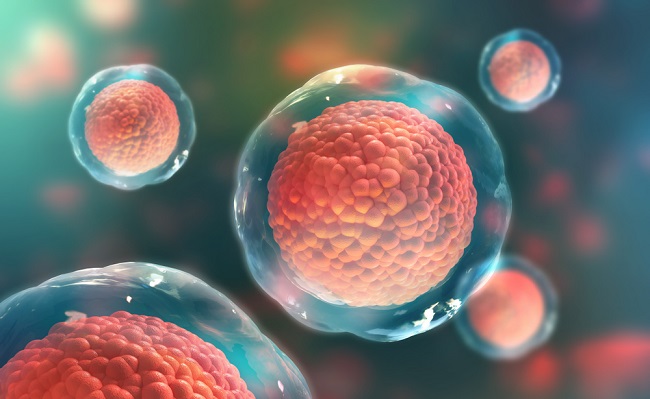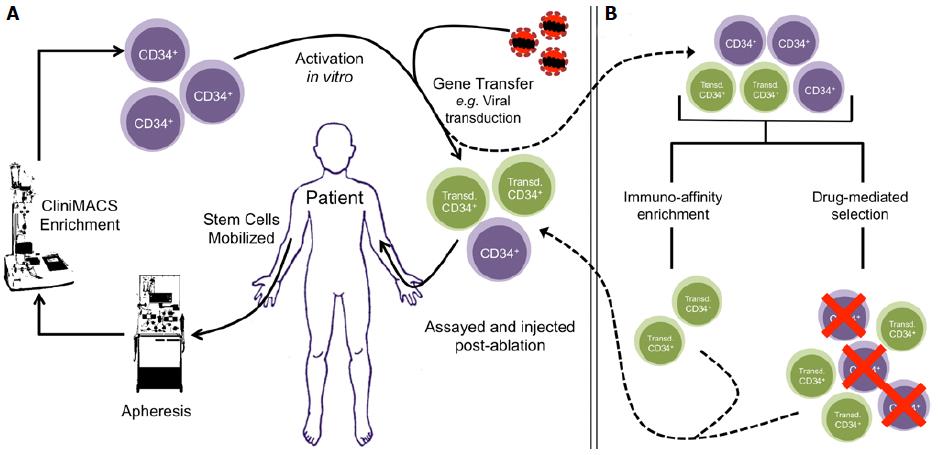
Two of these three patients had HBV reactivation while one patient developed acute hepatitis B. Clinical HBV infection emerged in three patients after transplantation who had negative HBV-DNA prior to HSCT. Six (6.7%) patients were positive for HBV surface antigen (HBsAg) prior to transplantation and received lamivudine prophylaxis they did not develop HBV reactivation after transplantation. RESULTS: None of the patients had occult HBV prior to transplantation. HBV-related events including reverse seroconversion and reactivation were recorded in all patients. Occult HBV infection was investigated by HBV-DNA analysis prior to transplantation, while HBV serology and liver function tests were screened prior to and serially after transplantation. METHODS: This study was conducted in 90 patients undergoing autologous HSCT. Our team can also help you manage any changes that you may go through or side effects you may experience as you recover from transplant, in addition to guiding you through the recovery process.AIM: To investigate the frequency of occult hepatitis B, the clinical course of hepatitis B virus (HBV) reactivation and reverse seroconversion and associated risk factors in autologous hematopoietic stem cell transplantation (HSCT) recipients. It’s important that you talk to your healthcare team about any concerns you have throughout the entire transplant process so we can help you get the support you need.
Autologous stem cell transplant series#
You may also need to complete a series of vaccinations even if you’ve already received them as a child.Īt Weill Cornell Medicine and NewYork-Presbyterian, we will be with you every step of the way before, during and after transplant. Since you now have a new immune system, you will need to continue taking precautions to minimize risk for infection. Your immune system will gradually recover, and you will return to normal activities. Finally, your healthcare team will need to know who your designated caregiver is, as he or she will play a vital role during your transplant process and recovery. To ensure you do not have infections when you return home, you’ll need to be without fever and off IV antibiotics for 48 hours prior to discharge. You also must have minimal and controlled diarrhea. In addition, you must be able to tolerate both liquids and solid food and take your medications by mouth 48 hours prior to discharge. First, engraftment will need to have taken place, which occurs when new blood cells begin to grow in your bone marrow and you reach healthy levels of blood cells. Your physician will send you home based on specific criteria. You can expect your blood cells to recover between 10 and 16 days after your transplant. You can do this by frequently washing your hands, showering daily, wearing a face mask and encouraging visitors who are ill to keep their distance. The most important thing to do during this time is to try and prevent infection. At this point, it is normal to feel very tired. 3) Low Blood CountsĪfter your transplant, you will go through a period where your blood counts will drop.

The stem cells will then be given to you through your central line and will then flow through the infusion pump. You will be given medications to prevent an infusion reaction approximately 30 minutes prior to the cells arriving. During this time, your white blood cell, red blood cell and platelet counts will be low. Your cells will be taken from the lab and brought to your hospital room or outpatient transplant facility. This makes room for the transplanted stem cells, suppresses your immune system to lessen the chance of infection, and helps destroy remaining cancer cells.


We’ve outlined what you should expect before, during and after transplant: 1) ConditioningĬonditioning involves treatment with high-dose chemo and/or radiation therapy that usually lasts about a week or two.

Typically, there are five phases to autologous stem cell transplant. At the Weill Cornell Medicine and NewYork-Presbyterian Myeloma Center, we often get questions from patients and families regarding what an autologous stem cell transplant entails.


 0 kommentar(er)
0 kommentar(er)
